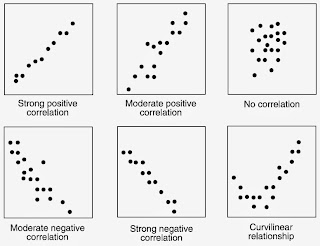Utilized for process elements identification, and usually applied in the Measure step of the DMAIC approach to process improvement (see posting on DMAIC within this blog), a SIPOC diagram is a useful tool to understand what your process is made of. It is visual, it lists the main components of each of the main foundations of a process, and can easily be applied in any industry. The acronym SIPOC stands for Suppliers, Inputs, Process, Outputs, and Customers. SIPOC expands on the basic operations management concept of input-transformation-output, by adding those who supply the raw material and/or information (suppliers) and those who ultimately receive the product being produced or the service being delivered. To illustrate such effort, we have chosen an easy process, one that many of us have undoubtedly performed before: making a peanut butter and jam sandwich.
Let us consider the figure below:
Suppliers: in this example, we want to know which organizations are actually supplying the tools, raw materials, and/or information we need to kick off my process. Grocery store, Hydro co., and hardware store.
Inputs: in this column, we want to list all of the needed supplies my process needs to produce the product or deliver the service. When working with process improvement initiatives (such as Lean), the idea is to build a SIPOC on a "as is" basis, i.e. current state. Here we have bread, peanut butter, jam, and other supplies.
Process: what are the steps needed for the process to transform the inputs into something else? Be mindful of processes that produce a good or deliver a service: either way, there will always be transformation happening, and that is the main point here. As you can see from the figure above, we have listed the steps needed to make the inputs become the product.
Outputs: simply stated, the goods and/or services being delivered: a peanut butter and jam sandwich in this example.
Customers: these may be your final consumer(s) or perhaps the next process that receives what you are in charge of producing/creating. In our example: hungry kids rushing out of the house in the morning.
The usage of a SIPOC diagram can effectively help your organization to develop a pictorial mapping of your processes' elements along with their gaps. Through its various process improvement programs, eZSigma can help customers of any industry to develop, apply, and sustain process improvement initiatives. Get in touch to learn more about eZSigma or visit our website at www.ezsigmagroup.com




